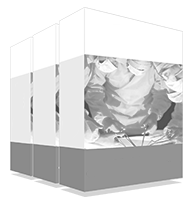University certificate
Scientific endorser

The world's largest faculty of design”
Introduction to the Program
Develop your talent in Illustration and Multimedia Design, and make a difference in an increasingly visual and competitive world"

In the field of design, illustration and multimedia creation are constantly evolving, making it essential for professionals to keep up to date with the latest trends and techniques. In fact, those who do not keep up-to-date run the risk of falling behind in the job market, which could negatively affect their career opportunities and their ability to create innovative, high-quality jobs.
The solution to this problem, logically, is to stay on the creative cutting edge, which is why TECH has created this Advanced master’s degree in Illustration and Multimedia Design, a comprehensive and flexible program that covers a wide range of topics. In it, the designer will delve into graphic design, 2D and 3D animation, 3D modeling and design for television, among other issues of utmost relevance. In this way, they will develop solid skills in key areas of design and illustration, and will be able to target the publishing, television, film or advertising sectors.
Completing the Advanced master’s degree in Illustration and Multimedia Design, students will be prepared to face the challenges of multimedia design in the real world, master the latest trends and techniques, and produce high quality creative work. Thanks to the 100% online content and the advantages that this entails, TECH students have the opportunity to significantly improve their skills and stay at the forefront of the industry.
In fact, the fully online format of the program gives students the flexibility they need to balance their studies with their work and personal commitments. In fact, the fully online format of the program gives students the flexibility they need to balance their studies with their work and personal commitments. In addition, this approach allows all content to be downloaded from the Virtual Campus, allowing them to review it at the convenience of their tablet, smartphone or computer of choice.
Learn from industry experts and master the most innovative techniques to become a cutting-edge multimedia designer"
This Advanced master’s degree in Illustration and Multimedia Design contains the most complete and up-to-date program on the market. The most important features include:
- The development of case studies presented by experts in professional illustration and multimedia design
- The graphic, schematic, and practical contents with which they are created, provide scientific and practical information on the disciplines that are essential for professional practice
- Practical exercises where the self-assessment process can be carried out to improve learning
- Its special emphasis on innovative methodologies in the creation of multimedia pieces and illustrations and multimedia illustrations
- Theoretical lessons, questions to the expert, debate forums on controversial topics, and individual reflection work
- Content that is accessible from any fixed or portable device with an Internet connection
Study at your own pace and enjoy the flexibility of a 100% online Grand Master, adapting perfectly to your work and personal life"
The teaching staff is made up of design professionals who bring their professional experience to this program, as well as renowned specialists from prestigious societies and universities.
The multimedia content, developed with the latest educational technology, will provide the professional with situated and contextual learning, i.e., a simulated environment that will provide an immersive educational experience designed to prepare students for real-life situations.
This program is designed around Problem-Based Learning, whereby the student must try to solve the different professional practice situations that arise throughout the program. For this purpose, professionals will be assisted by an innovative interactive video system created by renowned and experienced experts.
Expand your skills and knowledge in graphic design, 3D animation and television design, preparing you for a bright future in the industry"

Study at your own pace and enjoy the flexibility of a 100% online Advanced master’s degree, adapting perfectly to your work and personal life"
Why study at TECH?
TECH is the world’s largest online university. With an impressive catalog of more than 14,000 university programs available in 11 languages, it is positioned as a leader in employability, with a 99% job placement rate. In addition, it relies on an enormous faculty of more than 6,000 professors of the highest international renown.
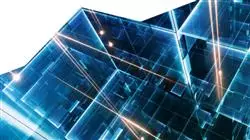
Study at the world's largest online university and guarantee your professional success. The future starts at TECH”
The world’s best online university according to FORBES
The prestigious Forbes magazine, specialized in business and finance, has highlighted TECH as “the world's best online university” This is what they have recently stated in an article in their digital edition in which they echo the success story of this institution, “thanks to the academic offer it provides, the selection of its teaching staff, and an innovative learning method aimed at educating the professionals of the future”
A revolutionary study method, a cutting-edge faculty and a practical focus: the key to TECH's success.
The most complete study plans on the university scene
TECH offers the most complete study plans on the university scene, with syllabuses that cover fundamental concepts and, at the same time, the main scientific advances in their specific scientific areas. In addition, these programs are continuously being updated to guarantee students the academic vanguard and the most in-demand professional skills. In this way, the university's qualifications provide its graduates with a significant advantage to propel their careers to success.
TECH offers the most comprehensive and intensive study plans on the current university scene.
A world-class teaching staff
TECH's teaching staff is made up of more than 6,000 professors with the highest international recognition. Professors, researchers and top executives of multinational companies, including Isaiah Covington, performance coach of the Boston Celtics; Magda Romanska, principal investigator at Harvard MetaLAB; Ignacio Wistumba, chairman of the department of translational molecular pathology at MD Anderson Cancer Center; and D.W. Pine, creative director of TIME magazine, among others.
Internationally renowned experts, specialized in different branches of Health, Technology, Communication and Business, form part of the TECH faculty.
A unique learning method
TECH is the first university to use Relearning in all its programs. It is the best online learning methodology, accredited with international teaching quality certifications, provided by prestigious educational agencies. In addition, this disruptive educational model is complemented with the “Case Method”, thereby setting up a unique online teaching strategy. Innovative teaching resources are also implemented, including detailed videos, infographics and interactive summaries.
TECH combines Relearning and the Case Method in all its university programs to guarantee excellent theoretical and practical learning, studying whenever and wherever you want.
The world's largest online university
TECH is the world’s largest online university. We are the largest educational institution, with the best and widest online educational catalog, one hundred percent online and covering the vast majority of areas of knowledge. We offer a large selection of our own degrees and accredited online undergraduate and postgraduate degrees. In total, more than 14,000 university degrees, in eleven different languages, make us the largest educational largest in the world.
TECH has the world's most extensive catalog of academic and official programs, available in more than 11 languages.
Google Premier Partner
The American technology giant has awarded TECH the Google Google Premier Partner badge. This award, which is only available to 3% of the world's companies, highlights the efficient, flexible and tailored experience that this university provides to students. The recognition as a Google Premier Partner not only accredits the maximum rigor, performance and investment in TECH's digital infrastructures, but also places this university as one of the world's leading technology companies.
Google has positioned TECH in the top 3% of the world's most important technology companies by awarding it its Google Premier Partner badge.
The official online university of the NBA
TECH is the official online university of the NBA. Thanks to our agreement with the biggest league in basketball, we offer our students exclusive university programs, as well as a wide variety of educational resources focused on the business of the league and other areas of the sports industry. Each program is made up of a uniquely designed syllabus and features exceptional guest hosts: professionals with a distinguished sports background who will offer their expertise on the most relevant topics.
TECH has been selected by the NBA, the world's top basketball league, as its official online university.
The top-rated university by its students
Students have positioned TECH as the world's top-rated university on the main review websites, with a highest rating of 4.9 out of 5, obtained from more than 1,000 reviews. These results consolidate TECH as the benchmark university institution at an international level, reflecting the excellence and positive impact of its educational model.” reflecting the excellence and positive impact of its educational model.”
TECH is the world’s top-rated university by its students.
Leaders in employability
TECH has managed to become the leading university in employability. 99% of its students obtain jobs in the academic field they have studied, within one year of completing any of the university's programs. A similar number achieve immediate career enhancement. All this thanks to a study methodology that bases its effectiveness on the acquisition of practical skills, which are absolutely necessary for professional development.
99% of TECH graduates find a job within a year of completing their studies.
Advanced Master's Degree's Degree in Illustration and Multimedia Design
.
At TECH Global University, we offer you a cutting-edge virtual training program: the Advanced Master's Degree in Illustration and Multimedia Design. This postgraduate program will provide you with the skills and knowledge necessary to excel in the world of multimedia design, a discipline in constant evolution and high demand in the creative industry. Our comprehensive approach will allow you to acquire a solid background in digital illustration, graphic design, animation and interactive media, using the latest tools and techniques in the field. In addition, you will be able to study in a completely flexible way, combining classes with your daily routine and accessing the latest in digital resources.
The Advanced Master's Degree in Illustration and Multimedia Design program at TECH Global University is designed for professionals and students interested in developing their skills in the creation of multimedia content for applications in fields such as advertising, web design, animation, film and television, among others. Through hands-on projects and expert advice, you will learn how to use cutting-edge software, develop your own creative style, and conceptualize and produce high-quality multimedia projects. In addition, we will address advanced topics such as visual storytelling, user experience and interactive design for different platforms.
